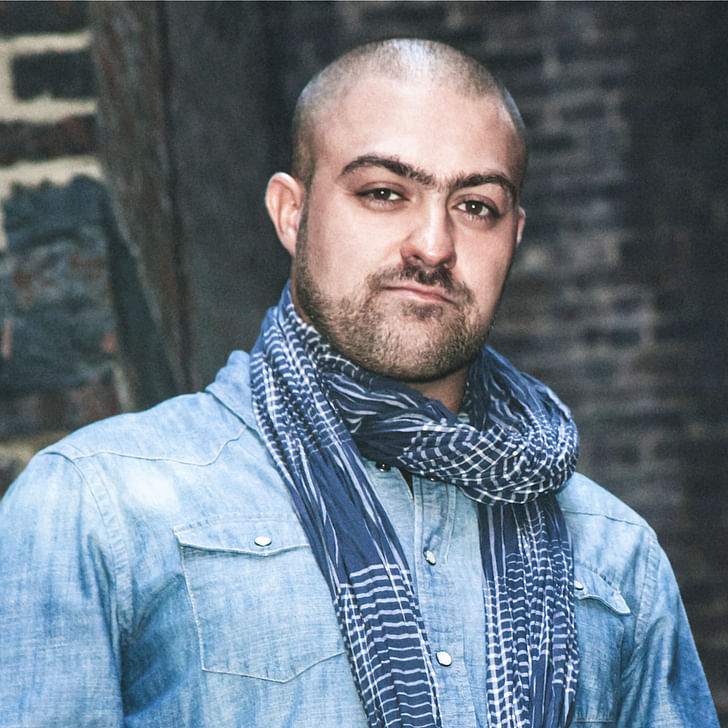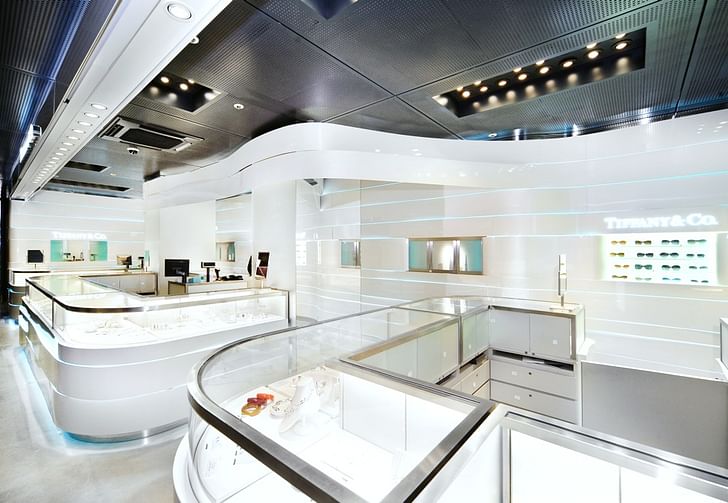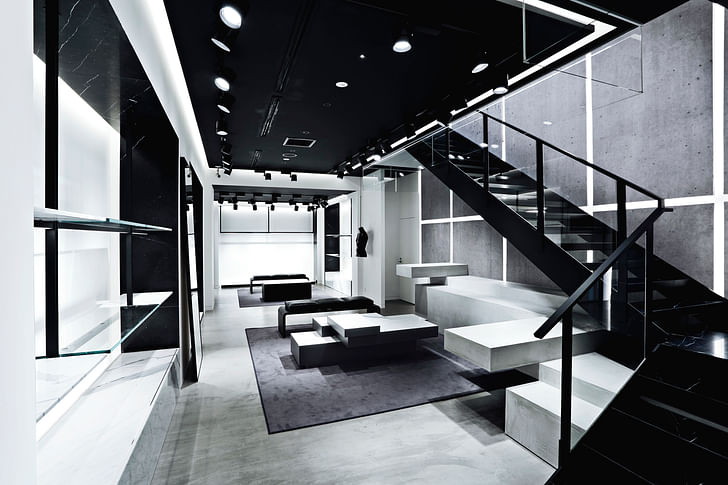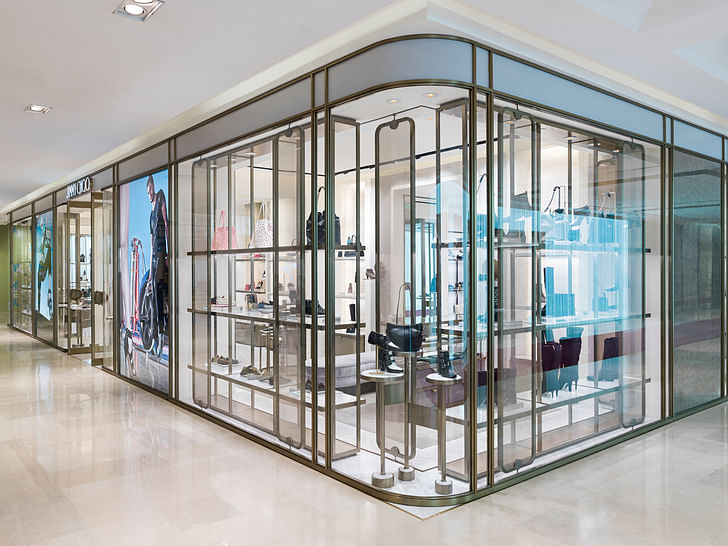

When just starting out, firms often struggle to find clients, and beef up their portfolio with small projects for friends and family. It can be difficult to establish a client base strong enough to keep the work flowing and the referrals positive, especially if the firm is hoping to specialize in a specific market. With some luck though, and knowing when to harness some momentum, the leap into a strong client base can be made pretty quick out the gate, as Christian Lahoude Studio managed in 2012.
Founder and principal Christian Lahoude began his professional career in Paris, graduating from architecture studies at the Ecole D'Architecture Paris Belleville and then working for Jakob+Macfarlane. After spending about a year there, he went back to school at Harvard’s GSD, and graduated with a masters in Design Studies in 2004. But it wasn’t until after years of working under Peter Marino in New York, that he began developing the relationships and sensibilities that would ultimately bloom into his own firm.

What I enjoy most is putting myself into the client’s brain to understand the brand"In some ways serving as Lahoude's mentor, Marino began his own career designing interiors for Andy Warhol and other elites in the New York art and fashion world, but is perhaps most immediately associated with his Scorpio Rising* all-leather attire. After establishing a trusted relationship with luxury brands like Chanel and Louis Vuitton, Marino had set a solid platform for Lahoude to learn how to retain a brand’s integrity and interpret the client’s desires within that vein, in the midst of multifold collaborations.
Discussing his firm’s work over email, Lahoude wrote, “What I enjoy most is putting myself into the client’s brain to understand the brand: its history, its runway experience, the iconic moments it wants to celebrate. I’m not creating my own signature look – I’m bringing my knowledge and expertise to help best represent a brand.” The most important thing, Lahoude realized, was to create unique and customized environments for the client – not to impose his own style on what are obviously legacy aesthetics.

After two years of working with Marino, helping design a series of retail spaces for Chanel, he was hired as Gucci’s in-house lead designer, a role that was followed by Design Director at Tiffany & Co. A niche had formed within luxury designer retail, and from there, he began laying the groundwork for his own firm, having witnessed first-hand how an architect establishes a relationship with a brand, and works to inhabit that brand’s personality in its flagship stores.
His first client under his own firm, Christian Lahoude Studio, was with fashion designer Alexander Wang in 2012. With Wang as art director, Lahoude has designed three flagships, in Tokyo, Bangkok and Shanghai. The stores share a material aesthetic of solidity, prestige, and obviously, wealth – lots of marble, raw concrete, polished bronze and floating glass shelves, a kind of beautified vault.

Buoyed by his success with Wang, Lahoude afterward began working with Jimmy Choo, known for handmade shoes that cost easily USD $1,000 a pair. When designing interiors to showcase apparel that expensive, the comparison to a fine arts gallery isn’t far away, combing the gravity of the brand with the luxury of its wares. Many of Lahoude’s stores incorporate unique art pieces, commissioned specifically for the flagship. This emphasizes the status of the brand as inherent to scarcity and preciousness.
“‘Luxury’,” Lahoude told me, “to me means using the most beautiful materials and commissioning unique artists to create something that cannot be replicated by any other brand.” Lahoude’s Choo stores work mostly with glass, gold mesh and a rosy-grey palette of luxe textures to frame the shoes, for stores in Macau, Chengdu and Xian. Lahoude also mentioned that while yes, his clients do tend have deep pockets, the lessons learned from working with luxury brands – understanding its tone, through and through – apply to all retail design.

a great project is the collaboration of different talents"His experience working under Alexander Wang and Jimmy Choo solidified his knack for luxe retail interiors, and developing a strong relationship with the client’s aesthetic: the most important thing is “to listen to the client and that a great project is the collaboration of different talents,” Lahoude wrote to me. He also has not distanced himself from the work since becoming so familiar with it: “I enjoy being very hands on with projects. I constantly travel to make sure things are getting built correctly and that they look beautiful.”

Up until 2014, his firm had consisted just of himself, one other full-time employee, two part-time workers and an intern. Now, the firm employs ten full-time architects and designers. In the future, Lahoude wants to immerse himself even more fully in retail: adding “packaging, graphic design, visual merchandising, lighting, and even the scent of a specific store” to his firm’s expertise when working with luxury brands. It’s a niche he doesn’t plan to leave anytime soon.
Former Managing Editor and Podcast Co-Producer for Archinect. I write, go to the movies, walk around and listen to the radio. My interests revolve around cognitive urban theory, psycholinguistics and food.Currently freelancing. Be in touch through longhyphen@gmail.com
No Comments
Block this user
Are you sure you want to block this user and hide all related comments throughout the site?
Archinect
This is your first comment on Archinect. Your comment will be visible once approved.